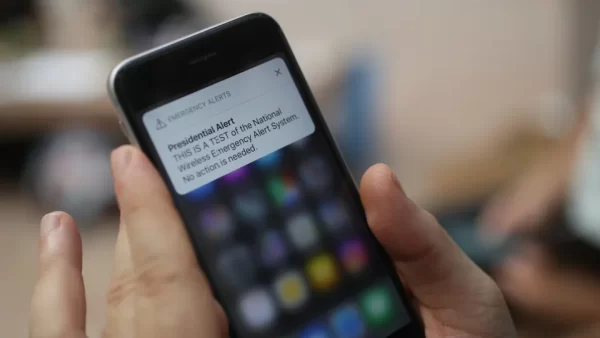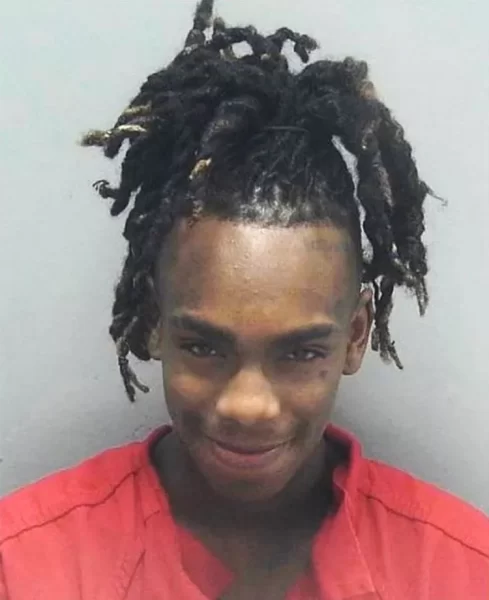How the CDC and President Biden are handling the COVID-19 Vaccine Progress
Since December, over 150,000 people have been vaccinated for COVID-19. The FDA has approved 2 vaccines, Pfizer and Moderna. The Pfizer vaccine is approved for everyone 16 and older and was 95% effective in clinical trials, while the Moderna vaccine is approved for people who are 18 and older and was 94.1% effective in clinical studies. Both vaccines require two doses, 3-4 weeks apart.
The CDC’s plan for administering the vaccine includes phases of people who are at high risk for contracting the virus and people whose immune systems may not be strong enough to handle it. In phase 1A, healthcare workers and residents of long-term care facilities were vaccinated and many have already received both doses. In phase 1B, frontline essential workers (teachers, firefighters, police officers, etc.) and people who are 75 or older will receive the vaccine. Next, in phase 1C, people 65-74, other essential workers (like communications, law, public safety, etc.) and people 16-64 with medical conditions that compromise their ability to fight off the virus.
In late December, a new strain of the coronavirus emerged in Europe, and recently the strain has begun popping up in North Carolina. However, Moderna believes their vaccine will be able to fight off the new strain. A CNN Health article states that Moderna is going to be testing if a booster dose would be helpful to protect from new variants of the virus. A Phase 1 Clinical Trial for a booster has begun in the US to fight the strain that originated in South Africa.
President Biden is hopeful that, within his first 100 days in office, over 100 million vaccines can be administered. According to a CNN article, Biden believes that “anyone who wants the vaccine will be able to get it by this spring,” and his administration is optimistic that they will have enough vaccines to go around.




